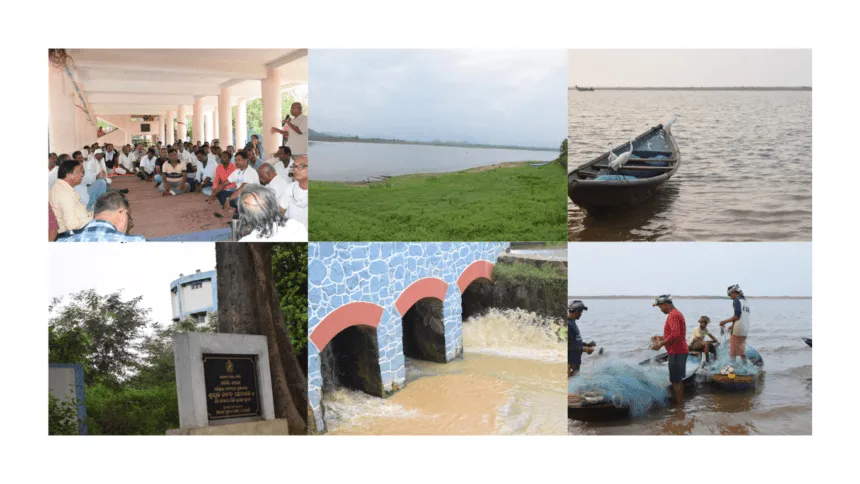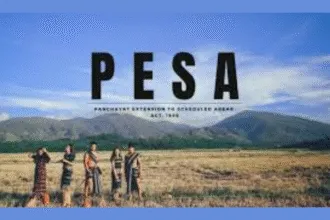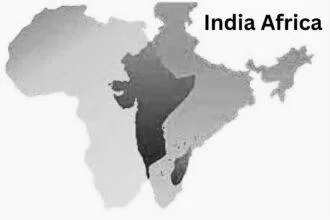People’s anger is building up across the Rushikulya River Basin against the proposed dam construction at Pipalapanka on the upper stream of the Rushikulya River for supplying water to Adani and Tata companies, and also against the unrestricted sand mining from the river bed.
The Rushikulya River, considered the lifeline of Ganjam district, is now on the brink of becoming a victim of a dangerous conspiracy. The Odisha government, with an initial investment exceeding several hundred crores, has initiated efforts to construct a large dam at Pipalapanka, located in Sorada Block—recognized as the confluence point of the Rushikulya and Odangi rivers. This proposed dam on the upper stream of Rushikulya aims to supply 60 million gallons of water per day through a 100 km pipeline to industrial corridors and ports near Chhatrapur and Gopalpur for private companies like Tata and Adani.
It’s worth recalling that around three decades ago, the then government under Janaki Patnaik had proposed a similar project to supply water to Tata’s planned steel plant in Gopalpur. Strong opposition from farmer organizations and intellectuals in Ganjam forced the government to cancel it at the time. Unfortunately, the state government is now once again trying to divert public resources—water meant for farmers—for the benefit of private companies by damming the Rushikulya River.
If the proposed dam is constructed at Pipalapanka, it will severely affect agriculture, farmers, domestic animals, and especially the precious forest areas of Gajalbadi located at the Ganjam-Kandhamal border. The dam will submerge over 23 villages and thousands of acres of farmland and forest. The local communities, especially tribals and farmers who depend on these lands and forests for their livelihood, will be displaced or lose their source of income.
Worryingly, the government is moving ahead with this undemocratic and anti-people project without consulting those directly affected.
Rushikulya originates from the Rushimala hills and is fed by several tributaries like Padma, Jarau, Badanadi, Daha, Ghodahada, Bagua, and Dhanei. Historically, the river used to flow with water for most of the year. Water from the Janibili barrage in Dharakote Block was channeled through canals for irrigation, and residents on both sides of the river used it for farming, livestock, and daily needs.
However, over the last 50 years, dams built on tributaries have diverted water elsewhere for irrigation, coupled with reduced rainfall due to climate change, leading to visibly reduced water flow in Rushikulya. Additionally, extractions of water from the Janibili barrage for Berhampur city and nearby villages have further lowered the water levels downstream. As a result, Rushikulya remains dry for most of the year, except during the monsoon.
Meanwhile, the government continues to grant licenses for indiscriminate sand mining under the pretext of development and urbanization. While politicians, bureaucrats, and sand mafias profit from this, the river and the people dependent on it suffer. River sand, like a sponge, retains water. Unchecked mining causes the riverbed to deepen and dry out further.
In recent decades, the decrease in river flow has adversely affected agriculture, the local economy, and the environment. People who used to grow water-intensive crops are now affected. Fisherfolk who depended on the river have lost their livelihoods. Seawater is also encroaching into the river, making it saline and unsuitable for farming and drinking.
Consequently, if the proposed dam at Pipalapanka is built and water is directly piped to companies, it will drastically impact the entire Rushikulya River, especially downstream, which will become completely dry. Over a hundred villages from Pipalapanka to the Ganjam estuary will lose access to drinking water, irrigation, and water for livestock. Wells, borewells, and lift irrigation schemes will dry up. Even drinking water supply to cities like Asika, Berhampur, Gopalpur, Chhatrapur, and Ganjam will be affected, and seawater will intrude further inland.
As per the government’s water policy, river water should be prioritized first for drinking, then for irrigation, and lastly for industrial use. However, the dam at Pipalapanka violates this very policy, diverting essential water meant for people to private companies for profit.
The proposed industries near Gopalpur and Chhatrapur are close to the sea, and the government could have instructed these companies to desalinate seawater for their needs. Instead, they are using public money to build a dam and divert public water meant for drinking and farming, which is condemnable.
In light of this, protecting the Rushikulya River and the lives and livelihoods of millions who depend on it has become critical. Affected villagers and farmers in Sorada Block have formed the “Rushikulya River and Homeland Protection Forum” and are protesting against the project. A growing number of conscious citizens, intellectuals, farmer leaders, and environmentalists have united under the banner “Save Rushikulya Action Committee” and are voicing their opposition.
In a recent public hearing held in Gajalbadi last December, local residents strongly opposed the dam. The committee submitted memorandums to district officials and the Chief Minister demanding cancellation of the project, but the government has neither held consultations nor canceled it. Instead, land acquisition for the dam has already begun.
Against this backdrop, the “Save Rushikulya Action Committee” organized a 120 km-long protest march from Pipalapanka (Sorada Block), the proposed dam site, to the old barrage at the river mouth in Ganjam Block, demanding cancellation of the dam and an end to unrestricted sand mining.
This historic 10-day foot march, aimed at protecting the Rushikulya River, witnessed the participation of hundreds of villagers and has created a strong foundation for hopeful resistance.
By Bighneswar Sahu
Comments
0 comments






